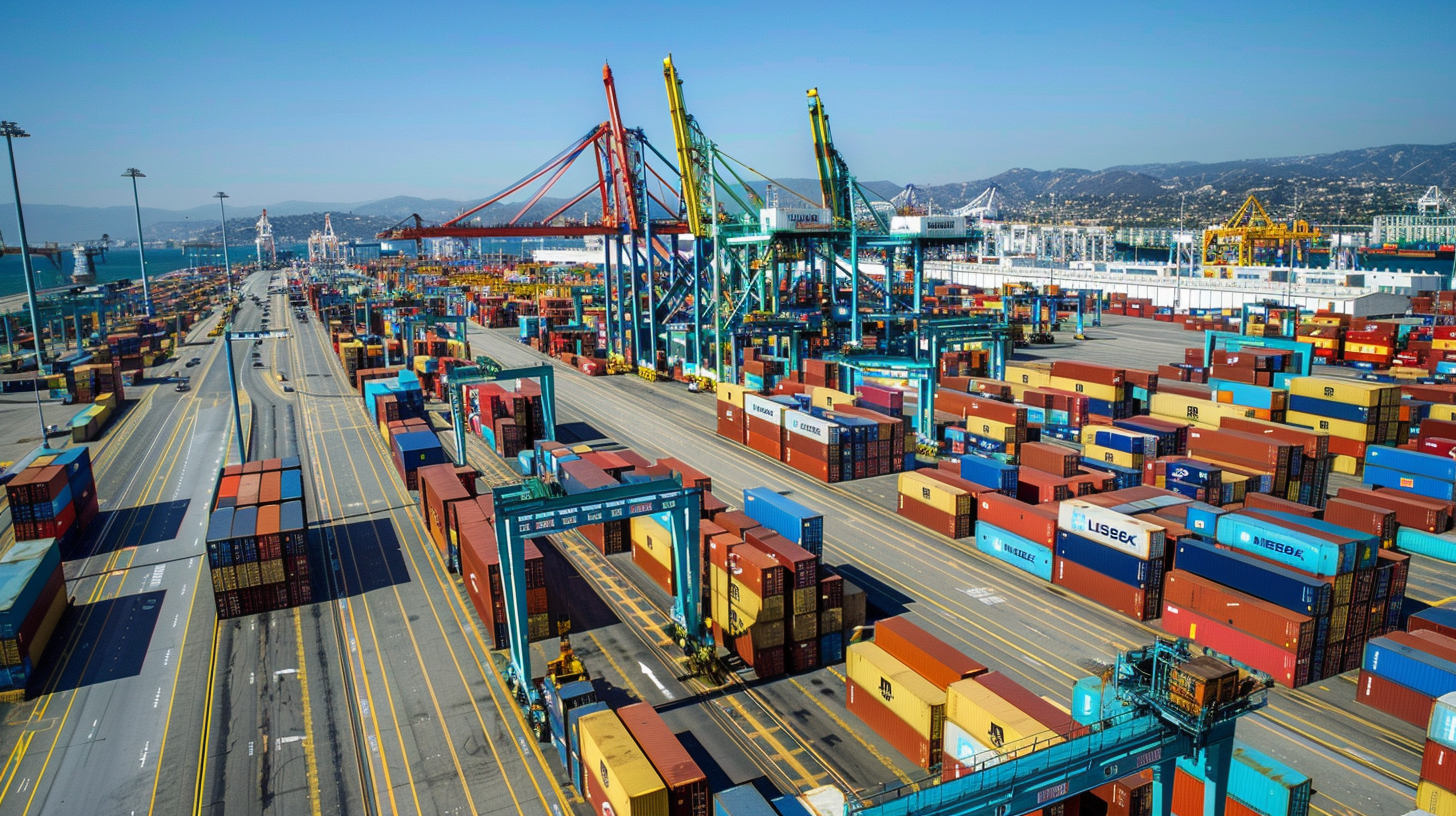| Key Points: – US and China agreed to a 90-day truce slashing tariffs, sparking a major market rally. – Retailers and energy stocks surged as sectors hit hardest by tariffs saw renewed investor interest. – Investors should remain cautious, as the deal is temporary and economic data will shape the next move. |
Markets exploded higher Monday as Wall Street celebrated a surprise truce between the United States and China, easing months of investor anxiety over escalating tariffs. The temporary agreement—which reduces reciprocal tariffs and establishes a 90-day negotiation window—was met with enthusiasm from institutional and retail investors alike. But while the relief rally was immediate and broad-based, the question remains: is this just a short-term bounce, or the start of a more durable rebound?
Under the new deal, the U.S. will slash tariffs on Chinese imports from 145% to 30%, while China will reduce its levies on American goods from 125% to 10%. That’s a dramatic step down in trade barriers, at least temporarily, and it caught markets off guard. The Dow Jones surged over 1,000 points, the S&P 500 gained 2.9%, and the tech-heavy Nasdaq led the charge with a nearly 4% jump.
Big Tech names that had been under pressure from trade war concerns—like Nvidia, Apple, and Amazon—posted strong gains. However, it wasn’t just megacaps moving higher. The broad nature of the rally suggests optimism is spilling over into sectors that were directly affected by tariffs, including retail, manufacturing, and commodity-linked industries.
Retailers in particular could be big winners. Analysts at CFRA and Telsey Advisory Group noted that the tariff pause may have “saved the holiday season,” allowing companies to import critical inventory at lower costs just in time for the back-to-school and Christmas shopping periods. Companies such as Five Below, Yeti, and Boot Barn all saw noticeable gains on the news.
Oil prices also responded positively, with West Texas Intermediate crude climbing over 2% as traders embraced a “risk-on” environment. This could bode well for small energy producers and service firms that had been squeezed by demand worries tied to trade tensions.
Still, not everyone is celebrating unconditionally. Federal Reserve Governor Adriana Kugler warned that tariffs, even at reduced levels, still act as a “negative supply shock” that may push prices higher and slow economic activity. With inflation data, retail sales, and producer prices all set to drop later this week, investors will soon get a better sense of the underlying economic landscape.
For investors, this is a critical moment to reassess market exposure. While the 90-day truce is a positive step, it’s a temporary one. Volatility could return quickly if trade talks stall or inflation surprises to the upside. Still, the sharp market reaction highlights that sentiment had grown too pessimistic—and that even incremental progress can unlock upside.
If the rally holds, it could mark a broader shift in market tone heading into summer. For now, the rebound has begun. Whether it continues depends on what comes next from Washington and Beijing.

